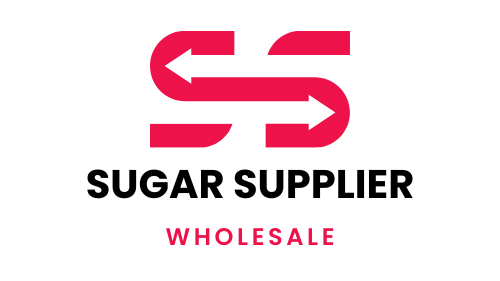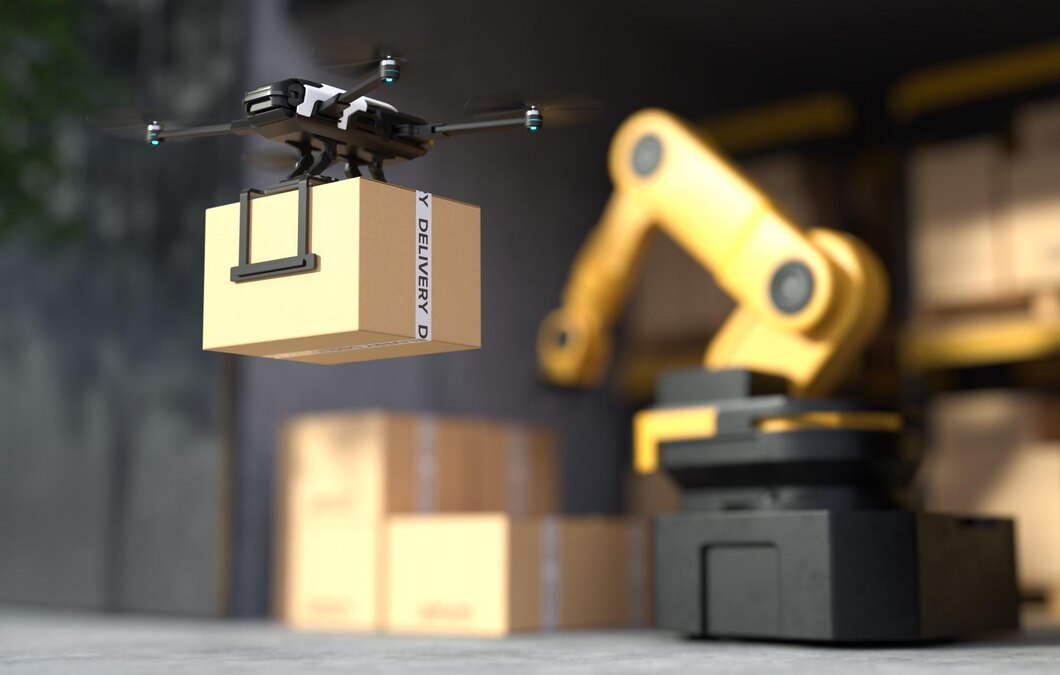As the sugar industry continues to evolve due to the anticipated future trends in sugar logistics. We delve into the anticipated developments, potential innovations, and their impact on the logistics of sugar supply chains.
Future Trends
One of the prominent trends in sugar logistics is the adoption of automation and robotics. Automated warehouses, robotic sorting systems, and autonomous vehicles are revolutionizing logistics operations, enhancing efficiency, and reducing operational costs. Blockchain technology in Sugar logistics is poise to transform transparency and traceability. Leveraging blockchain-based systems, stakeholders can track the journey of sugar from farm to fork. It ensures authenticity, quality, and ethical sourcing practices.
The integration of predictive analytics into logistics management enables proactive decision-making based on real-time data insights. Predictive analytics algorithms forecast demand, optimize inventory levels, and streamline transportation routes, improving overall supply chain efficiency. With an increasing focus on sustainability, the future of sugar logistics lies in adopting eco-friendly practices. From renewable energy-powered transportation to sustainable packaging solutions. Green logistics initiatives aim to minimize environmental impact and meet consumer demand for ethically sourced products.
Prediction
The future of sugar logistics are greater digitization, connectivity, and sustainability in character. Technology continues to advance in logistics processes. They will become more automated, data-driven, and environmentally conscious. Shaping the way sugar is sourced, stored, and distributed.
Potential Innovations
Internet of Things (IoT): IoT-enabled sensors and devices embedded in sugar shipments can provide real-time monitoring of temperature, humidity, and other environmental factors, ensuring product quality and integrity throughout the supply chain. AI-powered algorithms can optimize logistics operations by analyzing vast amounts of data to identify patterns, predict demand fluctuations, and optimize inventory management and transportation routes. Predictive maintenance technologies utilize sensor data and machine learning algorithms to anticipate equipment failures and schedule maintenance proactively, minimizing downtime and ensuring continuous operation of logistics infrastructure.
Market Impact
The adoption of these future trends and innovations in sugar logistics is expected to have a profound impact on the market: Automation, predictive analytics, and other technological advancements will enhance supply chain efficiency, reduce lead times, minimize costs, and improve overall productivity. Blockchain technology will increase transparency and traceability in the sugar supply chain, addressing consumer concerns about product authenticity, ethical sourcing, and sustainability. Companies that embrace future trends and innovations in sugar logistics will gain a competitive edge by offering more efficient, transparent, and sustainable supply chain solutions, meeting the evolving needs of consumers and stakeholders.
Conclusion
In conclusion, the future of sugar logistics holds exciting possibilities driven by technological advancements, sustainability initiatives, and changing consumer expectations. By anticipating and embracing these future trends and innovations, businesses can adapt to evolving market dynamics, optimize their supply chain operations, and remain competitive in the rapidly evolving sugar industry landscape. For insights into navigating the complexities of sugar logistics, read our blog post on navigating the complexities of sugar logistics. Additionally, learn about the impact of transportation costs on sugar pricing in our blog post on the impact of transportation costs on sugar pricing.

